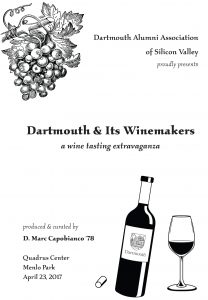Ever since Your West Coast Oenophile launched Sostevinobile, our aim has been to discover and promote sustainable West Coast wines that elude the mainstream, both in terms of varietal offerings and from lesser-known wineries and AVAs. Which is not to say that we eschew Chardonnay and Cabernet, Napa and Sonoma, but look to go beyond these familiar offerings and popular locales.
The casual consumer or tourist may recognize Paso Robles and Santa Barbara as major wine regions in California, but others are likely to elude them. Which, of course, a main reason for us venturing out to both Livermore and Lodi recently. Admittedly, no one has yet to contrive a clever acronym these east-of-San Francisco, non-contiguous AVAs, as real estate agents are wont to do; apart from their relative proximity, the two regions are marked dissimilar in viticultural focus, weather, and terroir. But since I am under the gun to post on both this month, LiLo will have an ephemeral debut.
First up was our return to Lodi for their resumed annual Lodi Wine Experience on Lodi Lake, a pocket of the Mokelumne River stuck up on the north side of the city. COVID obviously had a deleterious effect on many of the leading wine regions, but Lodi seems not to have missed a beat in the three year stretch since I last visited,n something I find quite heartening. Unlike other AVAs emerging into prominence, Lodi has had significant hurdles to overcome over the past several decades. Its efforts to transition from principally a source for cheap filler grapes, back when the threshold for varietal labeling was only 51% encompassed a tremendous amount of missteps and, frankly, mediocre wines well into the late 1990s. Since then, it has been well-documented that Lodi has become a premier AVA for Zinfandel, and, in particular, Old Vine Zin.
Less well-known has been how several prominent wineries from outside the AVA are expanding their operations to Lodi and developing second labels here, not only to take advantage of the lower costs for viticulture but in recognition the suitability of Lodi’s terroir for Mediterranean varietals and its adaptability to meet the challenges posed by climate change. Ably showcasing an affinity for these grapes was Anaya, where Geraldo Espinosa vinifies grapes from his grandfather’s eponymous vineyard and other Lodi-based tracts. My first time sampling these wines proved revelatory, with standout bottlings of both the 2018 Tempranillo and the 2018 Nebbiolo, alongside a noteworthy 2019 Albariño and the 2019 Pinot Gris.
Similarly, former Napan Chris Mora’s Christopher Cellars featured a compelling pair of Rhône-style wines, his 2021 Carignan Mule Plane Vineyard and the 2022 Cinsault. Chris Rivera’s winery Seis Soles, on the other hand, poured more of eclectic mix, ranging from their Syrah-infused 2020 Cabernet Sauvignon and 2019 Soltierra, a blend of Cabernet Sauvignon with Petit Verdot, Malbec, and Petite Sirah to the 2021 Grenache & Mourvèdre Rosé and the esoteric 2021 White Blend, a singular marriage of Grenache Blanc and Albariño.
I would have expected the coyly named Purple Corduroy to be extravagant in their varietal selections; rather, I found the 2020 Lorelei Cabernet Sauvignon to be a bit…khaki. And although Burlington Chandler sounds more like a company that produces Earl Grey Tea or crumpets, they comported themselves quite admirably with their 2017 Malbec and 2018 Cabernet Sauvignon. Though hardly monolithic, One Way Winery poured a somewhat orthodox skew of wines, highlighted by their 2021 Chardonnay.
It was disappointing not to see Michael Klouda at this event. Readers here know that I have been the unabashed champion of his unheralded wines. But this year’s rendition of the Lodi Wine Experience finally gave me the opportunity to sample the stellar selections of Markus Wine Company, headed by the inestimable Markus Niggli. To say his reputation preceded him is quite an understatement; all four wines poured here were spectacular, starting with his 2022 Nativo. Many winemakers now source Kerner from the Mokelumne Glen Vineyard, but this singular expression of the varietal, blended with 9% Bacchus, was especially noteworthy. The 2020 Essenzo proved equally compelling, deftly marrying Old Vine Zinfandel with 9% Carignane, 7% Petite Sirah, and 4% Alicante Bouschet. While his 2020 Zeitlos, a Syrah blend carries a similar supporting cast, the 2019 vintage poured here proved much more straight forward, being rounded out with 12% Cinsault and 11% Petite Sirah. But the most distinctive of this quartet had to have been the 2019 Toura, a nearly equal blend of Touriga Nacional from Silvaspoons Vineyard, along with Petite Sirah and Cabernet Sauvignon! Little wonder why stlawarts from Napa and Sonoma are seeking greener pastures—or vineyards—out near the Delta!
Of course, it was great to revisit so many old friends out here: Acquiesce, Bokisch, Berghold, Harney Lane, Lange Twins, Jeremy, St. Amant, while reacquainting with D’Art, M2, Oak Farm, Perlegos, Prie, Peltier, and others. But as this was a journey for new discoveries, I will bypass chronicling these wines for now and highlight the second leg of our LiLo excursion, the inaugural Cab Franc-A-Palooza in Livermore.
A bit of background, first. In 1988, I attempted to launch Thousand Points of Light Wines to produce George Herbert Walker Blush—A Kinder, Gentler Wine. With Pat Paulsen vacillating on our proposed partnership, I turned to Mirassou in San Martin as a bulk bottler, with a proposed commitment of some 250,000 cases. But TTB blocked approval of my label, thereby effectively nullifying our deal.
Fourteen years later, Gallo acquired Mirassou and rolled the label into its portfolio. I am no longer aware of the whereabouts of the Mirassou family members with whom I dealt. The physical winery in San Martin has now been razed and the vineyards have been turned into Silicon Valley housing developments. However, Steven Mirassou took his share of the sale and built his eponymous Steven Kent Winery in Livermore, producing Cabernets and Bordeaux-style wines that rival some of Napa’s best.
 As such, the winery proved an ideal setting for Cab Franc-A-Palooza. Though moderately attended, the festival gathered an extraordinary range of producers, ranging from as far south as Santa Barbara to the Walla Walla Valley in the north, as well as east to the Sierra Foothills. Additionally, wineries came from Texas, Virginia, Colorado, and Long Island, plus importers representing estates from France, Italy, Argentina, and South Africa. Considering that most people in San Francisco need a map to find the Livermore Valley, this turnout was an extraordinary coup for a first-time event.
As such, the winery proved an ideal setting for Cab Franc-A-Palooza. Though moderately attended, the festival gathered an extraordinary range of producers, ranging from as far south as Santa Barbara to the Walla Walla Valley in the north, as well as east to the Sierra Foothills. Additionally, wineries came from Texas, Virginia, Colorado, and Long Island, plus importers representing estates from France, Italy, Argentina, and South Africa. Considering that most people in San Francisco need a map to find the Livermore Valley, this turnout was an extraordinary coup for a first-time event.
Little known outside professional wine circles is that Cabernet Franc actually commands a higher price per ton than its offspring, Cabernet Sauvignon, given the relative scarcity of its plantings in California. Which makes it all the more remarkable that Jean Hoefliger’s The Debate produces three distinct CFs from three renowned vineyards in Napa. Here, however, the winery introduced attendees to a stellar fourth selection, the 2019 Cabernet Franc Red Hills from nearby Lake County.
Equally focused on Cabernet Franc, Leah Jørgensen poured her three renditions from Oregon: a delightful 2021 Blanc de Cabernet Franc, her mainstay, the 2021 Oregon Cabernet Franc, and a truly outstanding 2018 Clos Rogue Valley Reserve Cabernet Franc. I should niotw that our host, Steven Mirassou, greeted attendees as we entered with the 2022 Cabernet Franc Blanc from his L’Autre Côte label, then followed up with two superb reds: the 2021 L’Autre Côte Cabernet Franc and the 2019 L’Autre Côte.
Sonoma winemaker Chris Taddei featured his 2020 Cabernet Franc Fountain Grove District and the 2021 Cabernet Franc (Tu Es Belle) from Chalk Hill, then dazzled with his 2011 Super Sonoman (it may have been 2017—I can never read my own handwriting these day). He also assisted in the production of the 2020 Cabernet Franc and the 2022 Burnett Ranch Cabernet Franc from Selin Cellars.
Usually I eschew the wines from regions Sostevinobile does not cover at these large tastings, but my curiosity got the better of me as I stumbled upon the table for Pindar Vineyards. Apart fro its alleged repute as Long Island’s leading winery, I took an entire seminar on the poet for whom it was named as a graduate student (I would wager I was the only attendee on hand this pareticular afternoon who had read the Pindaric odes in Ancient Greek). But as for their 2019 Cabernet Franc? Let’s just say we won’t be expanding our geographic horizons…

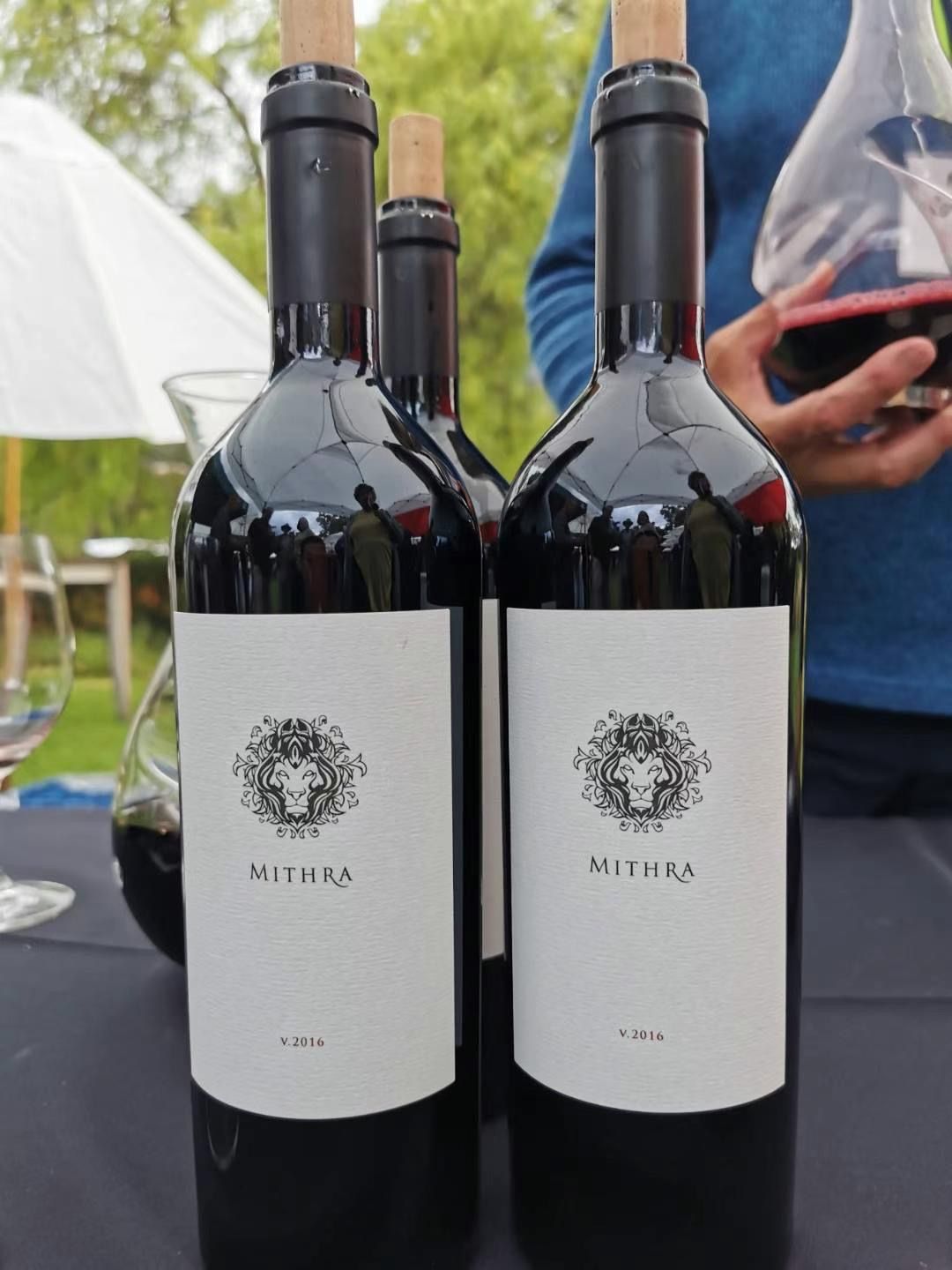 the typical five Bordeaux varietal blend in their 2018 Reserve Cabernet with 2% Carménère from their Mount Veeder estate, while
the typical five Bordeaux varietal blend in their 2018 Reserve Cabernet with 2% Carménère from their Mount Veeder estate, while 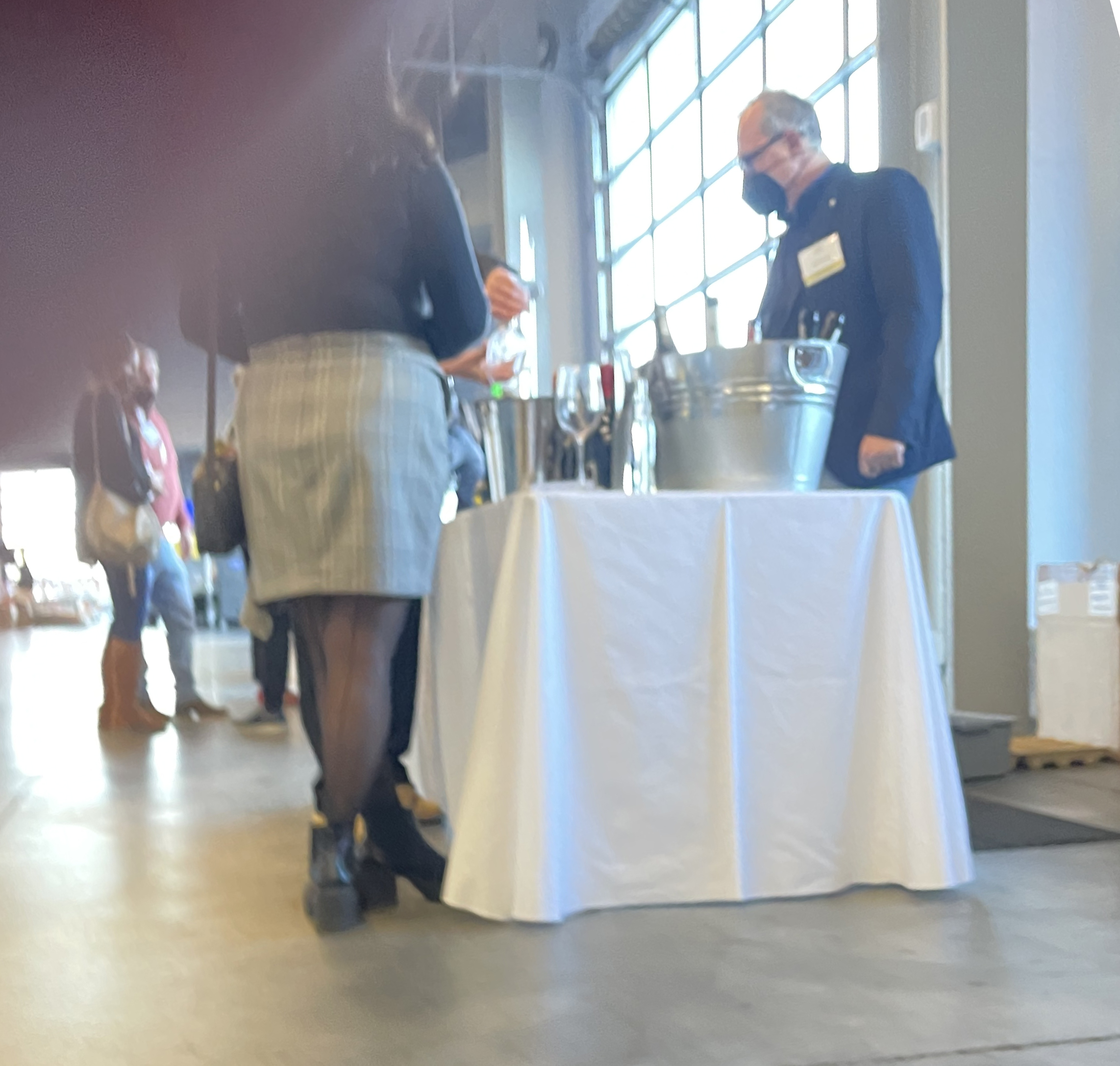 I was quite surprised that The Slow Wine Tour held to its January schedule.
I was quite surprised that The Slow Wine Tour held to its January schedule. 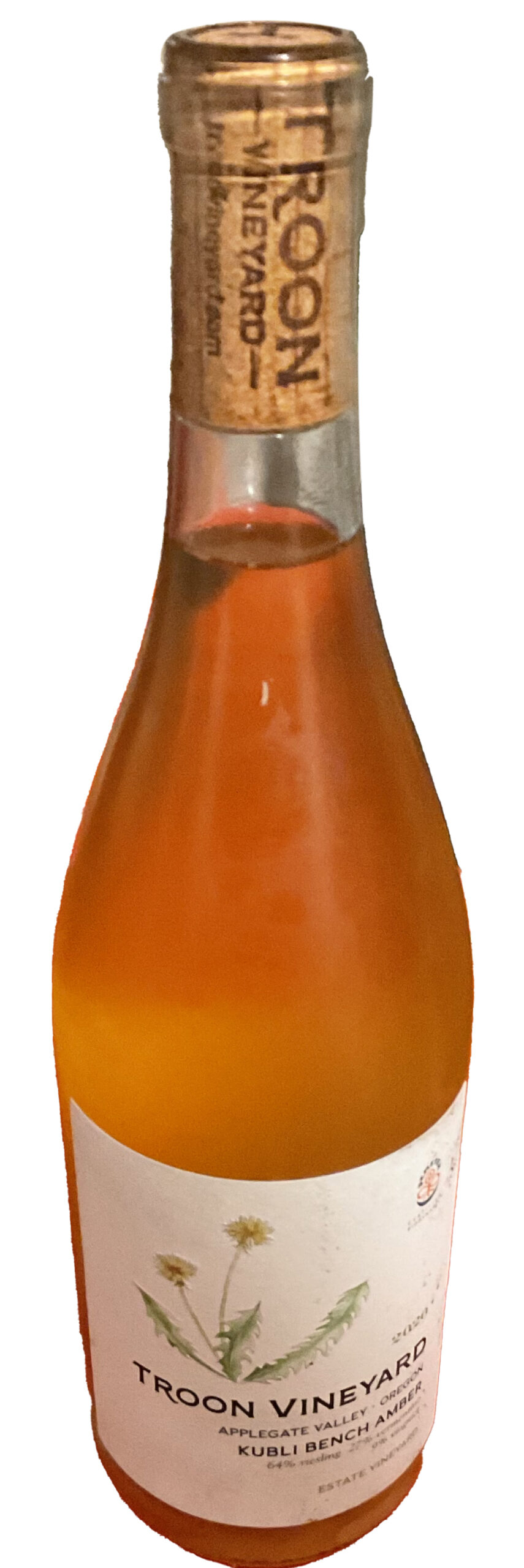 Former
Former 
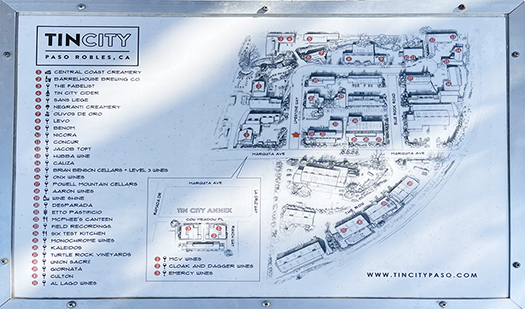
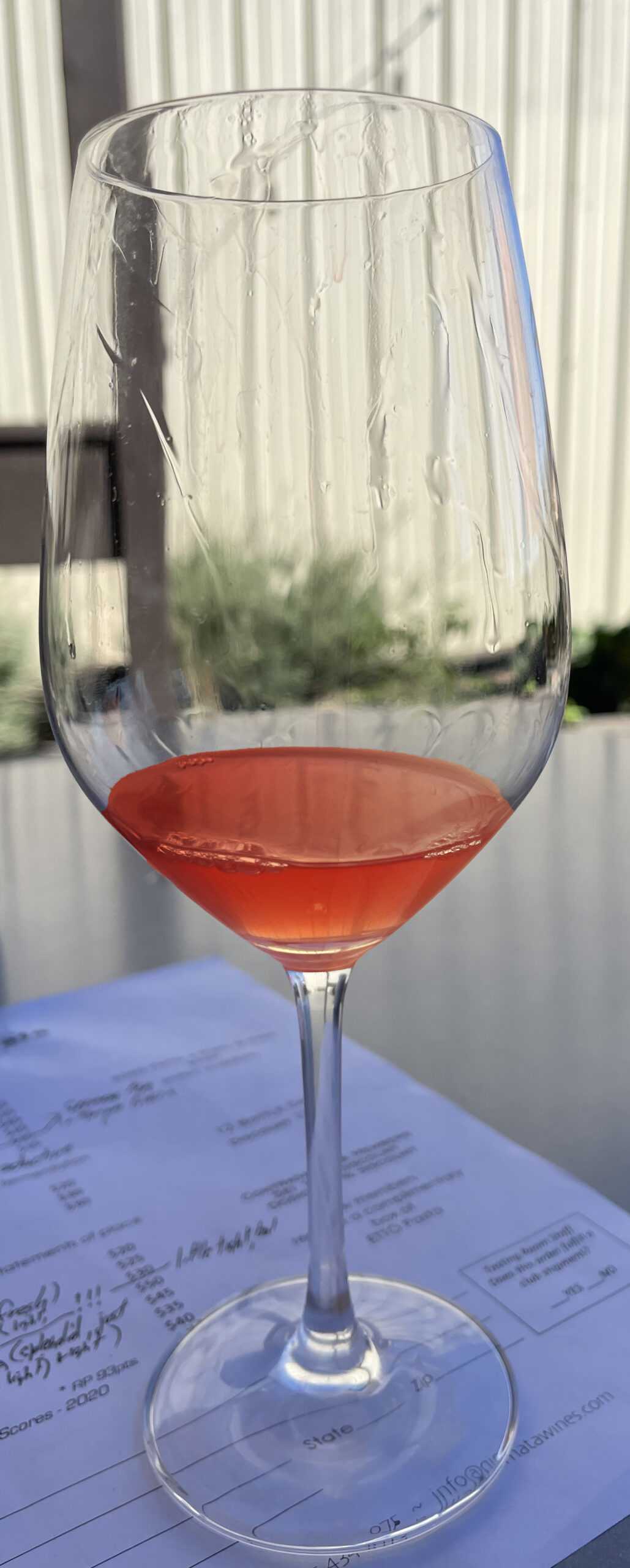


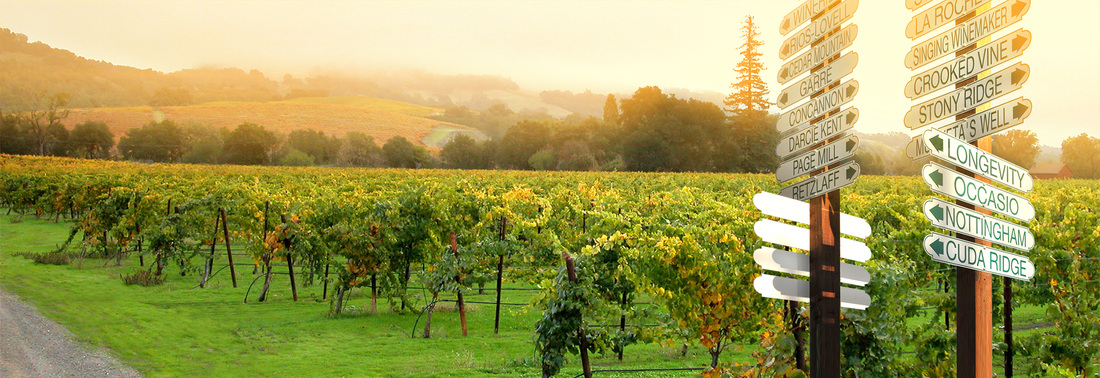
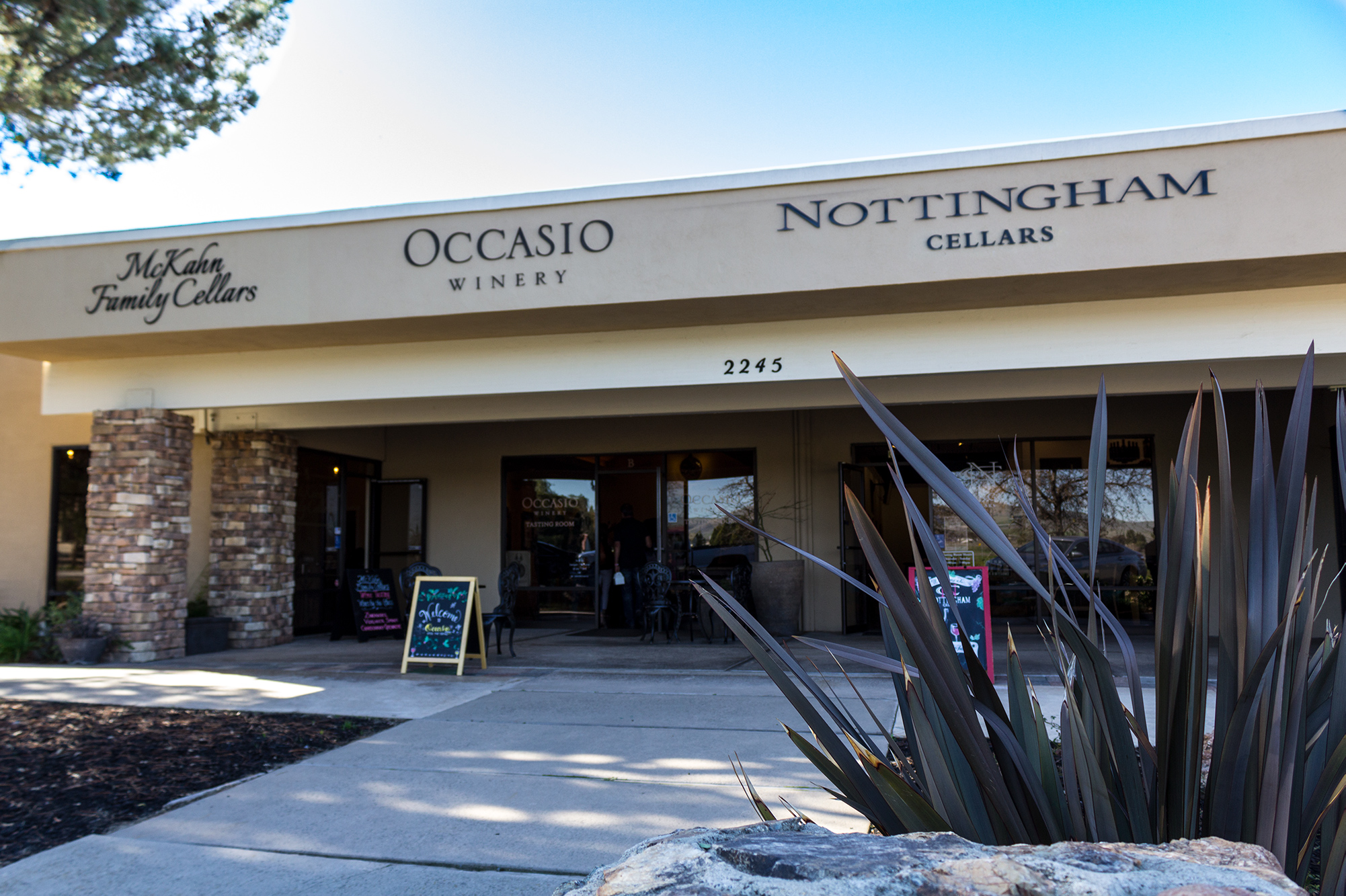

 heralding from an outpost in Virginia. The wine wasn’t too bad, nor was it too good—“serviceable” is the most frequent term other wine writers might charitably apply to such a vintage. Of course, it didn’t take much to bring out the cynic in me after that.
heralding from an outpost in Virginia. The wine wasn’t too bad, nor was it too good—“serviceable” is the most frequent term other wine writers might charitably apply to such a vintage. Of course, it didn’t take much to bring out the cynic in me after that.  northern part of the county, the event organizers needed to resort to such farfetched selections. As it turned out, these wines had all been part of the recent
northern part of the county, the event organizers needed to resort to such farfetched selections. As it turned out, these wines had all been part of the recent 

